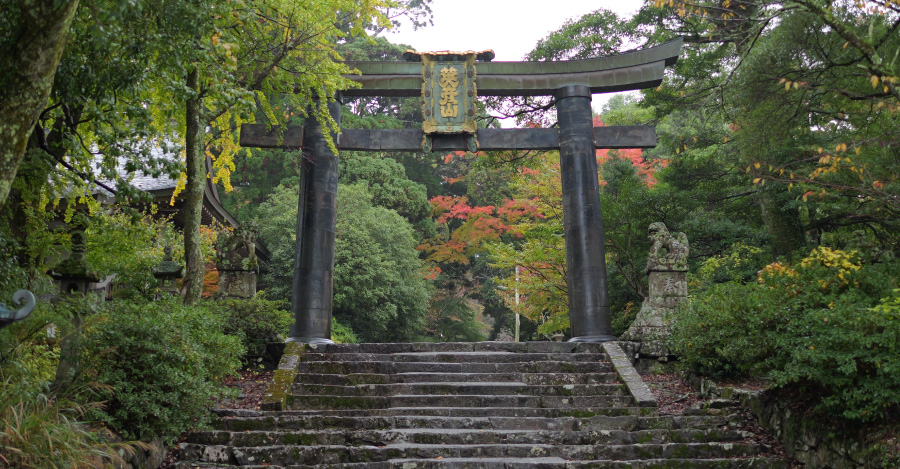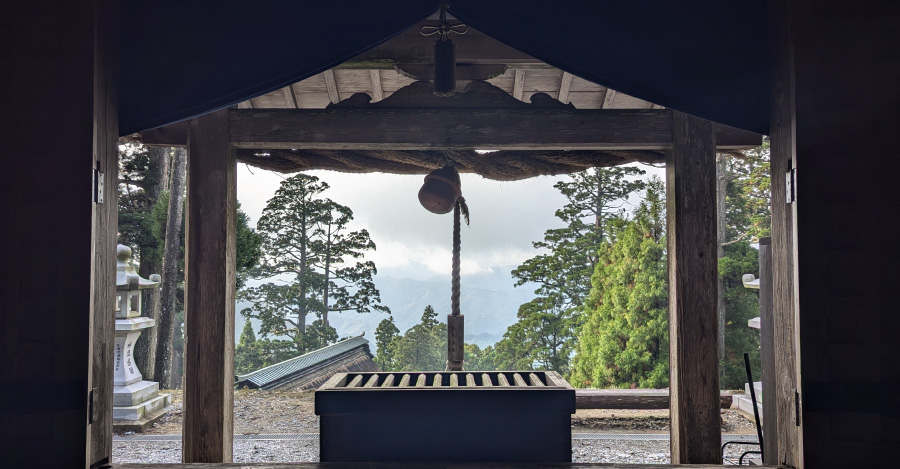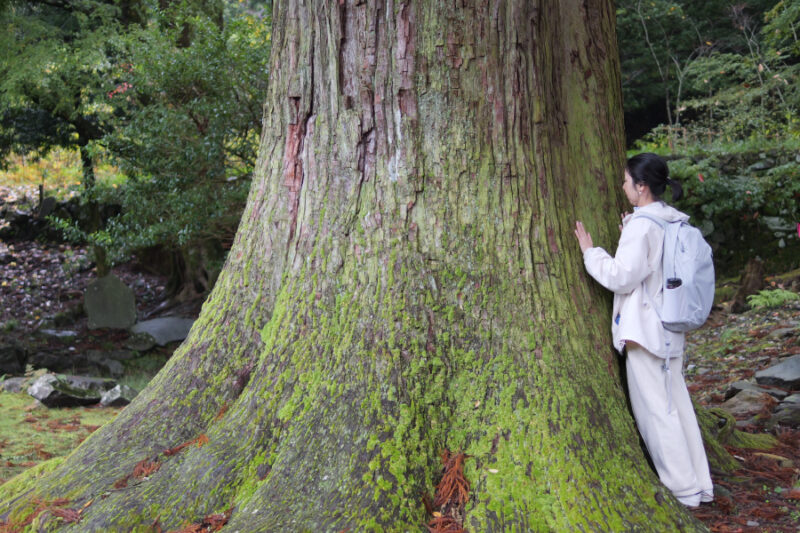What is the Hikosan Wellness Journey?
Mount Hiko is a sacred mountain that stands tall in Soeda Town, Tagawa County,
Fukuoka Prefecture, on the border between Fukuoka and Oita Prefectures.
In the center of the prefecture is Hikosan Shrine, the only shrine in the prefecture,
and in autumn it is a famous spot for viewing autumn leaves,
attracting many climbers. It is also famous as a sacred place for mountain ascetics,
and is counted as one of the three major mountain ascetic practices in Japan.
Our “Hikosan Pilgrimage” allows you to experience two different ways of worship: Shinto and Buddhist.
The aim is to enrich both your body and mind in nature (a wellness experience)
while experiencing the unique history and culture of Hikosan.
We believe that the way of the Yamabushi, living in harmony with nature,
is a model for health for us living in the modern age.
Breathe slowly in the beautiful nature of Mount Hiko and
focus your attention on the here and now. Experience
the connection between your mind and body and the feeling of being one with nature .
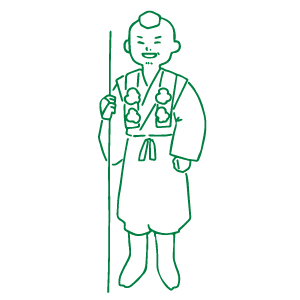
In addition to experiences to balance the mind and body through meals,
breathing and bodywork, we offer two types of courses
that allow even first-time visitors to enjoy their health and Mt. Hiko to the fullest,
including visits to and pilgrimage to Mt. Hiko Shrine.
The charm of Mount Hiko
Mount Hiko has a history of about 1,500 years.
We will introduce its history, its charms, and nearby recommended spots.
A sacred mountain handed down since ancient times
Mount Hiko has been worshipped as a sacred mountain since ancient times.
The name “Hiko” was originally written as “日子,” which means “child of the sun.” This comes from the belief that the deity enshrined there, Amenooshihomimi-no-Mikoto, is the son of Amaterasu Omikami,the sun goddess in Japanese mythology.
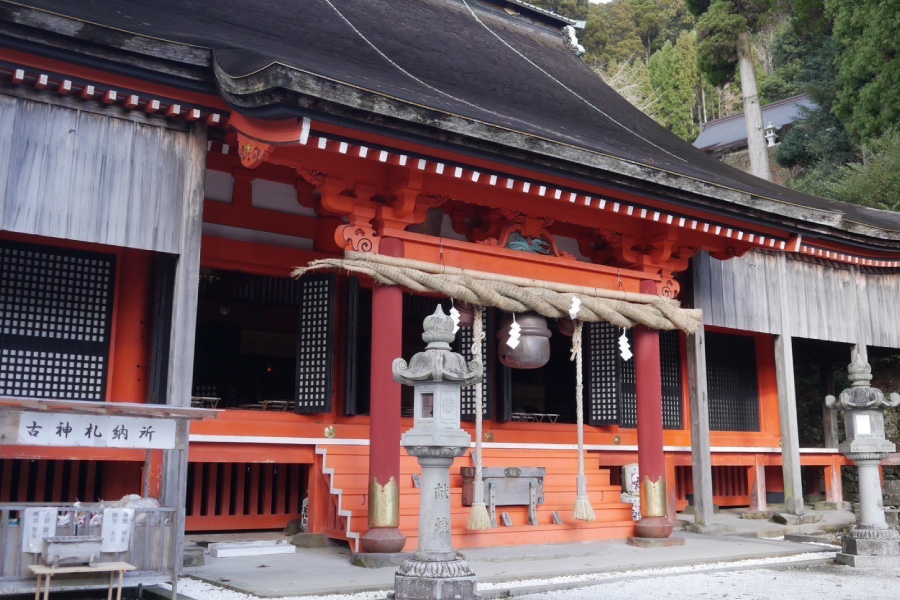
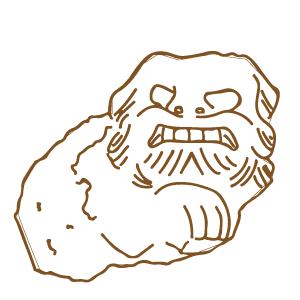
A training ground for Yamabusi
Mount Hiko is counted among Japan’s three major Shugendo mountains.
The large lecture hall from the Shugendo period, called the “Hoheiden,” has been reconstructed and is preserved in its original form to this day.
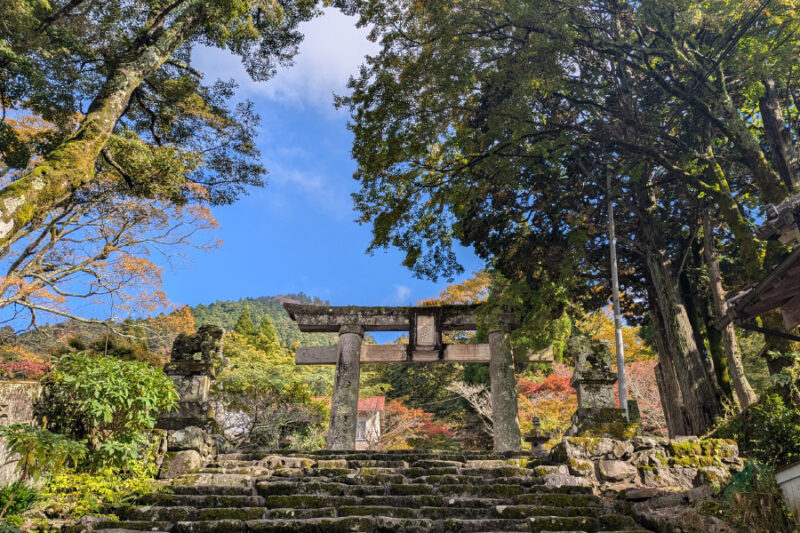

The origins of Mount Hiko

Hikosan is a sacred mountain that has been venerated since ancient times and was called “Mountain of the Child of the Sun,” because Amenooshihomimi-no-Mikoto, the son of Amaterasu Omikami―revered as the principal deity of Ise Shrine―is enshrined here. In 819, Emperor Saga issued an imperial decree to change the two characters “日子” to “彦,” and then in 1729, Emperor Reigen granted the one character “英” by imperial decree, changing the name to “Hikosan,” which it has retained to this day. Since the Middle Ages, Hikosan has been syncretized with the belief in gods, and flourished as a training center for Shugendo, “Hikosan Gongen-sama.” However, due to the Shinbutsu Bunri (law to separate Buddhism and Shinto) order of the Meiji Restoration, it became Hikosan Shrine, and on June 24, 1975, with the permission of the Emperor, it was renamed Hikosan Jingu, the third “Jingu” in the country, after the war.
Mount Hiko and Shugendo
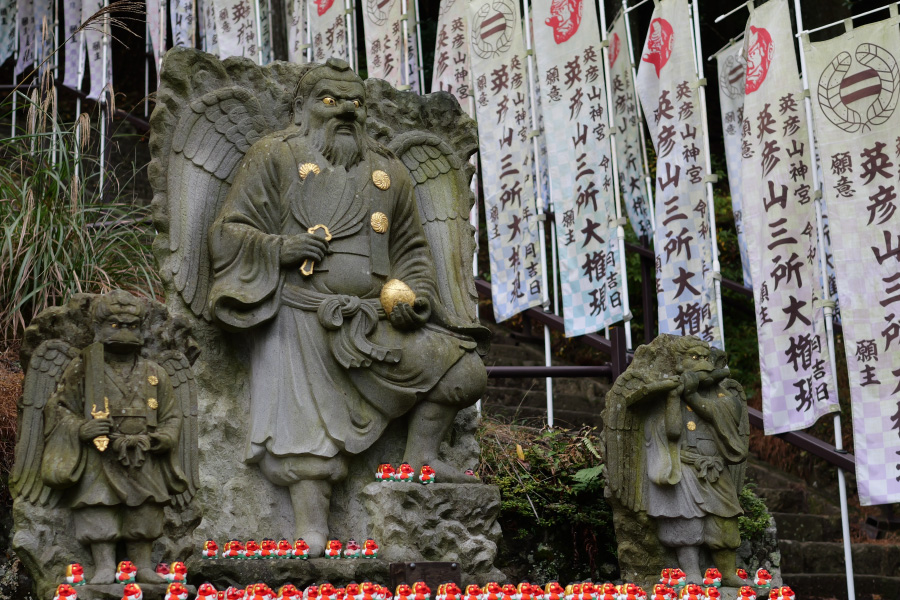
Mount Hiko, which stands on the border between Soeda Town in Fukuoka Prefecture and Nakatsu City in Oita Prefecture, is one of Japan’s three major Shugendo mountains. It once flourished as the largest holy ground for Shugendo in the country, with a history of about 1,500 years. Japan’s unique Shugendo was systematized during the Heian period through the influence of ancient Japanese mountain worship, esoteric Buddhism, and Buddhism. In the past, Japan had a custom of worshiping both gods and Buddhas (Shinto-Buddhist syncretism Those who practice Shugendo are called “Yamabushi.” Hikosan Shrine is now trying to bring back the Shugendo that was lost during the Meiji period.
Experience a pilgrimage to
Mount Hiko
Why not try the experience of perfecting
your physical and mental health (wellness) while enjoying Mount Hiko,
the mountain of ascetic practices for mountain monks ?
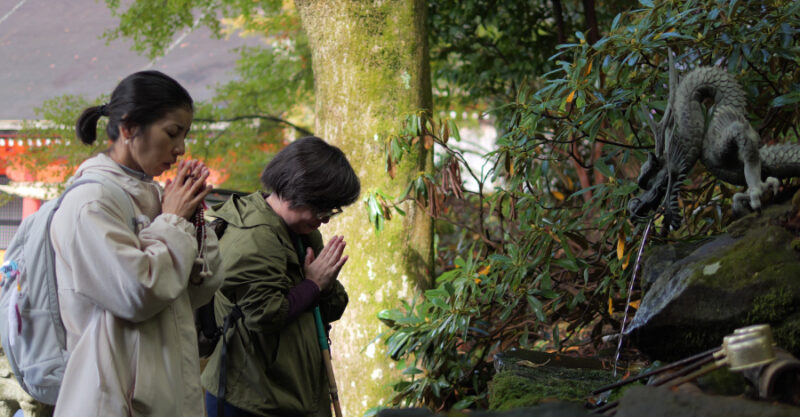
First pilgrimage to Mt.Hiko ~for beginner~
(3-hours)
¥15,000~
You will experience a formal Shinto-style visit to Hiko-san Shrine’s Hoheiden and a Buddhist-style visit to Shimotsu-gu Shrine, which enshrines the Hiko-san Junisho Gongen. This experience includes a special visit to Mt. Hiko and a workshop to open your five senses.
Recommended for those visiting Mt. Hiko for the first time!
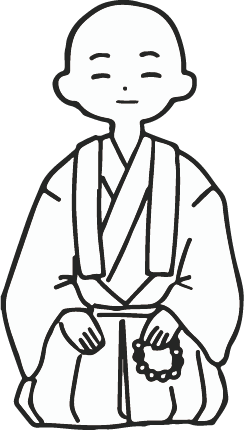
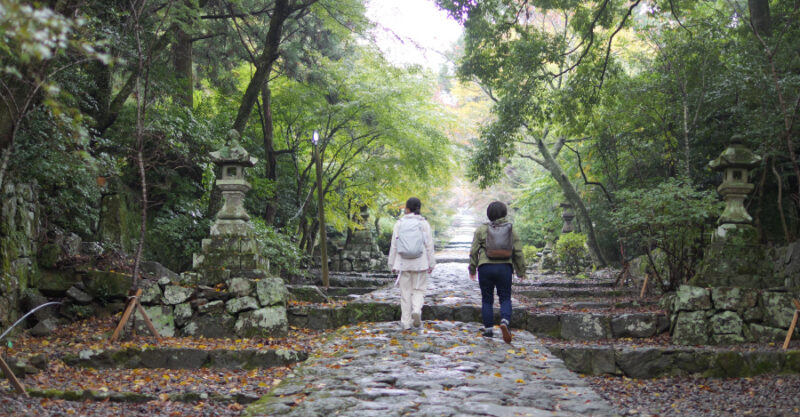
Pilgrimage to Mount Hiko ~Iroha-ko~
(6-hour,lunch included)
¥22,000-
This course starts from the “Kane no Torii”, a national important cultural property and a key point for pilgrimages, and walks through the lush main approach to the shrine, giving you a deeper sense of the history and culture of Mt. Hiko. As with the introductory course, you will also experience two different types of pilgrimage with different etiquette. It includes a meal that will satisfy your mind and stomach, and bodywork to relax your body. This is a fulfilling one-day plan that will let you fully experience the charms of Mt. Hiko.
A portion of the proceeds from the “Hikosan Pilgrimage”
will be donated to tree planting activities at Mt. Hiko.
Mount Hiko is home to the headwaters of the Onga River, Chikugo River, Imagawa River, Harai River, and Yamakuni River. These rivers flow into the Hibiki Sea, Ariake Sea, and Suo-Nada Sea, respectively. We believe that by enriching the mountains of Mount Hiko, the river basin and the entire sea will also become richer.
Management organization:
“Yama to Meguri”

Representative Director and
Physical Therapist of Hikosan Wellness Tourism
General Incorporated Association “Yama to Meguri”
Morishita Yuko

